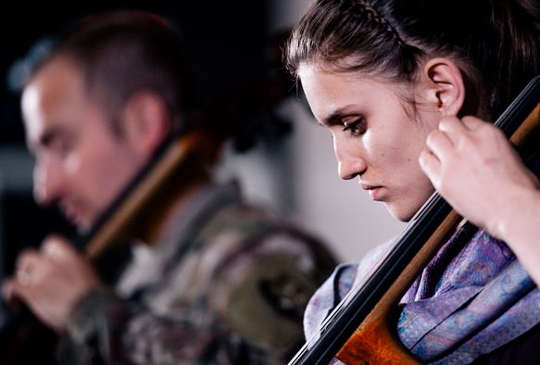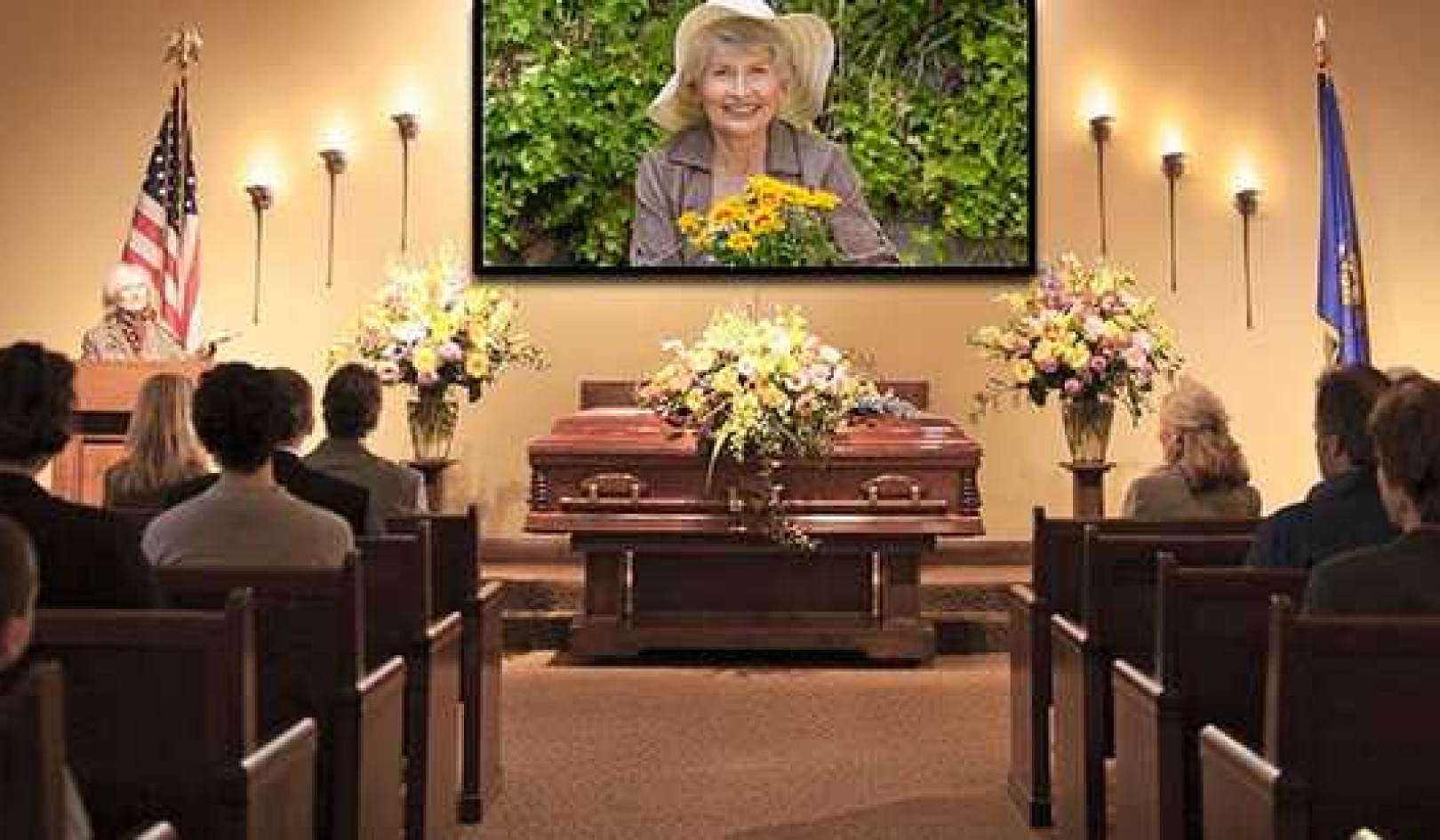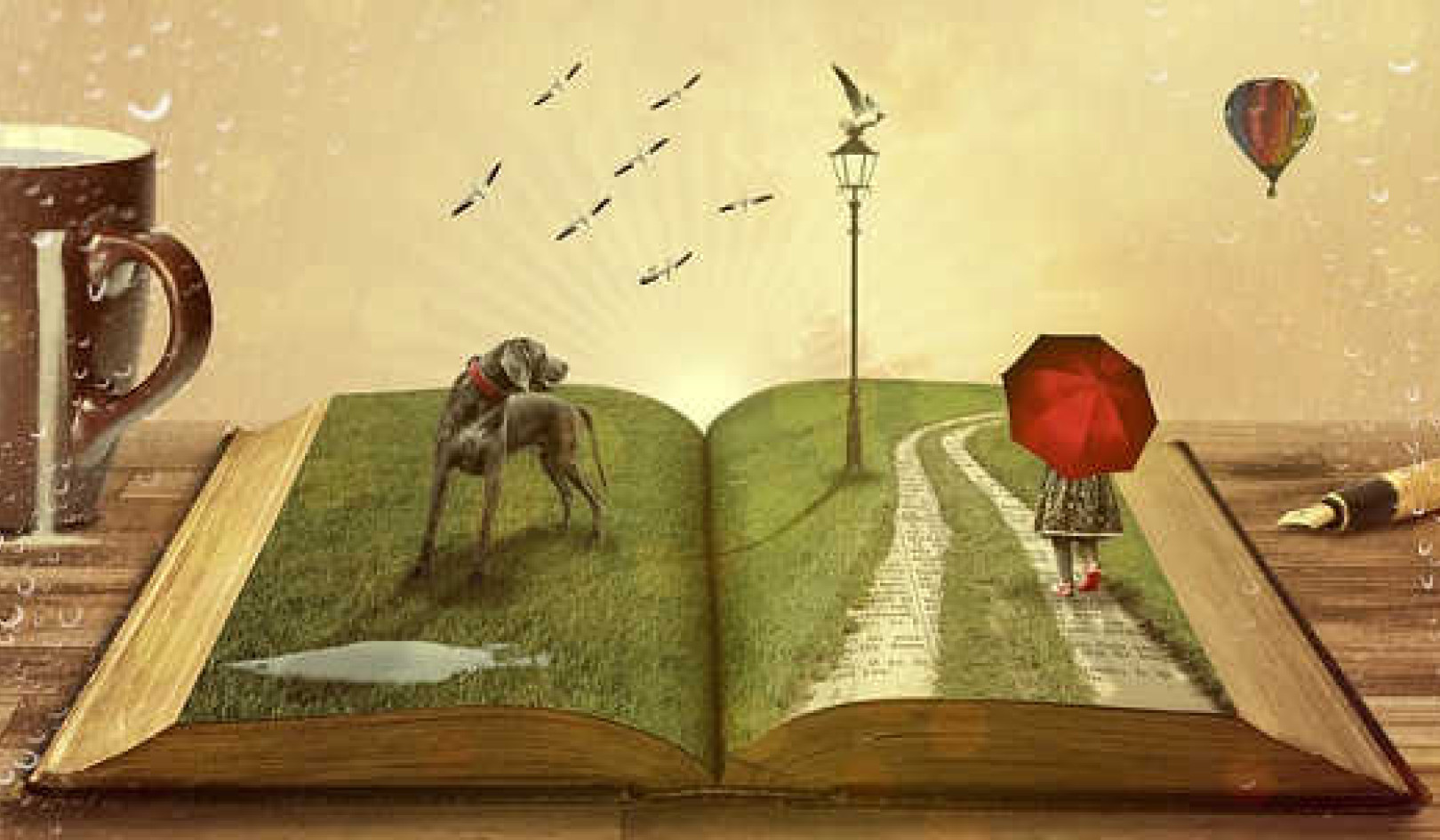
U.S. Air Force photo by Senior Airman Jordan Castelan
In the aftermath of the June terrorist attack in Manchester, an unusual thing happened. Mancunians gathered in St Ann’s Square ended a minute’s silence to honour the dead with a spontaneous rendition of Don’t Look Back in Anger by the homegrown rock band Oasis. When grief renders words inadequate, music can give a voice to overwhelming visceral emotion.
{youtube}https://youtu.be/MeyXgpn6mBk{/youtube}
Music has long been associated with emotional expression of one sort or another: joy, sadness, celebration and ritual. But in grief is found music’s most searing voice. In particular, the inescapable grief of bereavement and human mortality seems to require musical accompaniment. Sometimes the music surrounding death tells us as much about the mourners and as it does about the dead.
Public death, public grief
Bernie Taupin and Elton John’s Goodbye England’s Rose, written for the funeral of Diana, Princess of Wales, touched a public overcome with loss. The song re-used the tune of an earlier hit for the duo, the Marilyn Monroe torch song Candle in the Wind. The words “you whispered to those in pain / Now you belong to heaven / And the stars spell out your name” reminded the audience of Diana’s charitable works while hinting at the double-edged sword of celebrity. Those outside Westminster Abbey cried openly during the performance. Elton John has never performed the song again.
But it’s not just celebrities who inspire musical tributes. When an explosion at Westray coal mine in Nova Scotia (Canada) claimed 26 lives in 1992, personal grief was compounded by the suddenness and magnitude of the tragedy and the social and financial impact on families and the community. In the aftermath, local musicians have produced as many as 50 tribute songs, such as Westray Trilogy by Ghostrider and The Allied Horns.
{youtube}https://youtu.be/i2_A_e7aBTE{/youtube}
In Western society at least, endless reiteration of grief in speech is not generally acceptable. Songs of this kind allow this to happen. There is no embargo on singing or playing them repeatedly. We may also cry when the song is sung; an emotional response is acceptable in response to an obvious, external trigger.
Terrorist intent adds further complications to the reception of disaster and the music associated with it. After 9/11, Samuel Barber’s Adagio for Strings Opus 11 became the most widely-performed musical work for public mourning in the Western art music repertoire. For many, it was also the saddest.
{youtube}https://youtu.be/wBK30bJagEA{/youtube}
The reception to the Adagio was lukewarm when it was first performed in 1938. The music has gained power through the circumstances of its performance after September 11. The Adagio shows how music can exert its power, through its capacity to become emotionally linked in memory to particular people and events, sometimes altering our perception of them, sometimes being altered itself in the process.
In religions such as traditional Christianity and Islam where the dead have (hopefully) a suitable home to go to, part of the mourners’ task is to see them safely off in song.
For some mourners, however, the dead have no place to go and return to haunt the living. Something remains unsettled. It may be related to the manner of death or to a sense that the rituals of mourning have not been properly conducted.
The horror of death sometimes becomes also a horror of the dead or undead — those caught between life and death. An endless stream of movies, TV series and novels about the returning dead - as ghosts, vampires, demons or zombies - bears witness to the prevalence of that fantasy.
In horror movies, prerecorded music is used to announce the presence of the undead or demonic and the impending doom to follow. Previously innocuous songs gather a momentum of fear from their repetition in this new context, for instance the song Rocky Mountain High, sung by John Denver in the movie Final Destination (2000), signals each appearance of a demonic figure. Context can shape our reaction to a piece of music.
Metaphorical death
Death in song is sometimes approached indirectly. In Irish traditional music, some laments figuratively evoke death or a space between life and death without naming it.
One famous Donegal lament, An Mhaighdean Mhara, describes how a mermaid comes to land and sheds her cloak, in order to transform into human shape. A fisherman steals and hides the cloak and the mermaid is then enthralled to him. He marries her and they have a family. The mermaid later finds her cloak and promptly disappears. However, as the undead are caught between life and death, she is caught between this and the Otherworld, longing to rejoin her own people yet reluctant to leave her children. Here too, one senses, perhaps, the pain of mourning and the reluctance of the living to let go of their dead.
{youtube}https://youtu.be/lpv5DQdgPDk{/youtube}
The troubadours and trouvères of the 11th, 12th and 13th centuries often spoke of love as a kind of death, painful and dismembering but delightful. The lovers celebrated in this music present themselves as utterly passive, slaves to love and “a cruel Lady”. Death here seems to stand in for an indescribable and deeply ambiguous condition. Their suffering is mortal but they would not wish it any other way. Gace Brule, a 12th-century trouvère wrote:
Great love cannot grieve me
since the more it kills me the more I like it
and I would rather die and love
than to forget you for even a day
In these and countless other compositions in a range of genres, death and music go hand in hand. Sometimes music sings the dead to rest, offering comfort for grief-stricken individuals and communities; sometimes it confronts us with the anguish of mortality and loss. Sometimes it reflects something of the painful, complex and laborious task of mourning - at the end of which, the dead be may be finally laid to rest.
![]() Singing Death (Routledge), edited by Helen Dell and Helen Hickey, was launched on Friday August 25 2017 at the Arts Hall, Old Arts Building Level 1, University of Melbourne, at 4.30pm.
Singing Death (Routledge), edited by Helen Dell and Helen Hickey, was launched on Friday August 25 2017 at the Arts Hall, Old Arts Building Level 1, University of Melbourne, at 4.30pm.
About The Authors
Helen Maree Hickey, Researcher in the Australian Research Council for the History of Emotions, University of Melbourne and Helen Dell, Research fellow, medieval song and poetry, medievalism, nostalgia, University of Melbourne
This article was originally published on The Conversation. Read the original article.
Related Books:
at

Thanks for visiting InnerSelf.com, where there are 20,000+ life-altering articles promoting "New Attitudes and New Possibilities." All articles are translated into 30+ languages. Subscribe to InnerSelf Magazine, published weekly, and Marie T Russell's Daily Inspiration. InnerSelf Magazine has been published since 1985.

Thanks for visiting InnerSelf.com, where there are 20,000+ life-altering articles promoting "New Attitudes and New Possibilities." All articles are translated into 30+ languages. Subscribe to InnerSelf Magazine, published weekly, and Marie T Russell's Daily Inspiration. InnerSelf Magazine has been published since 1985.
























